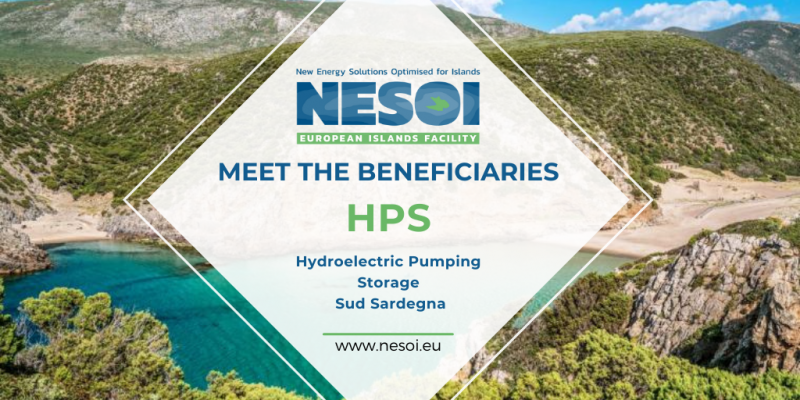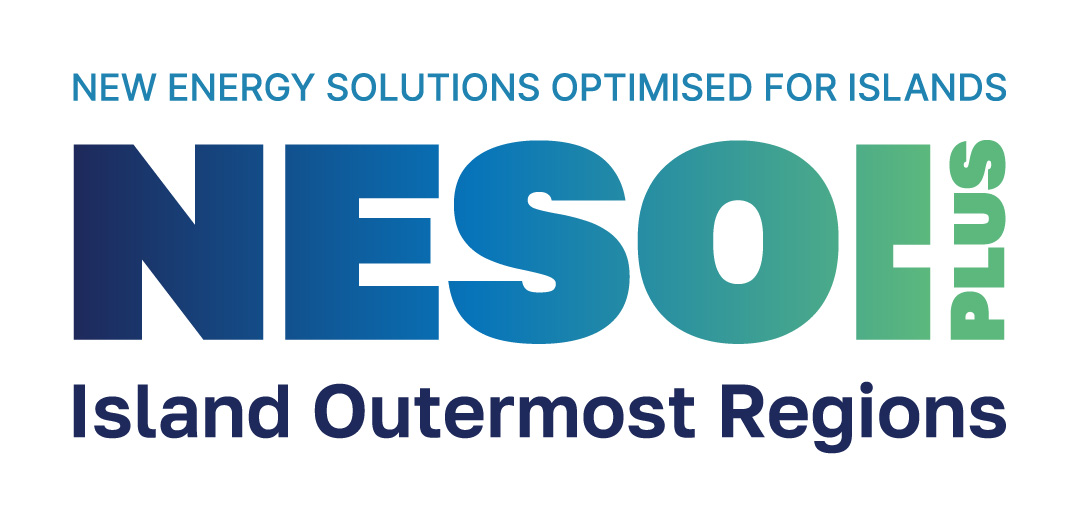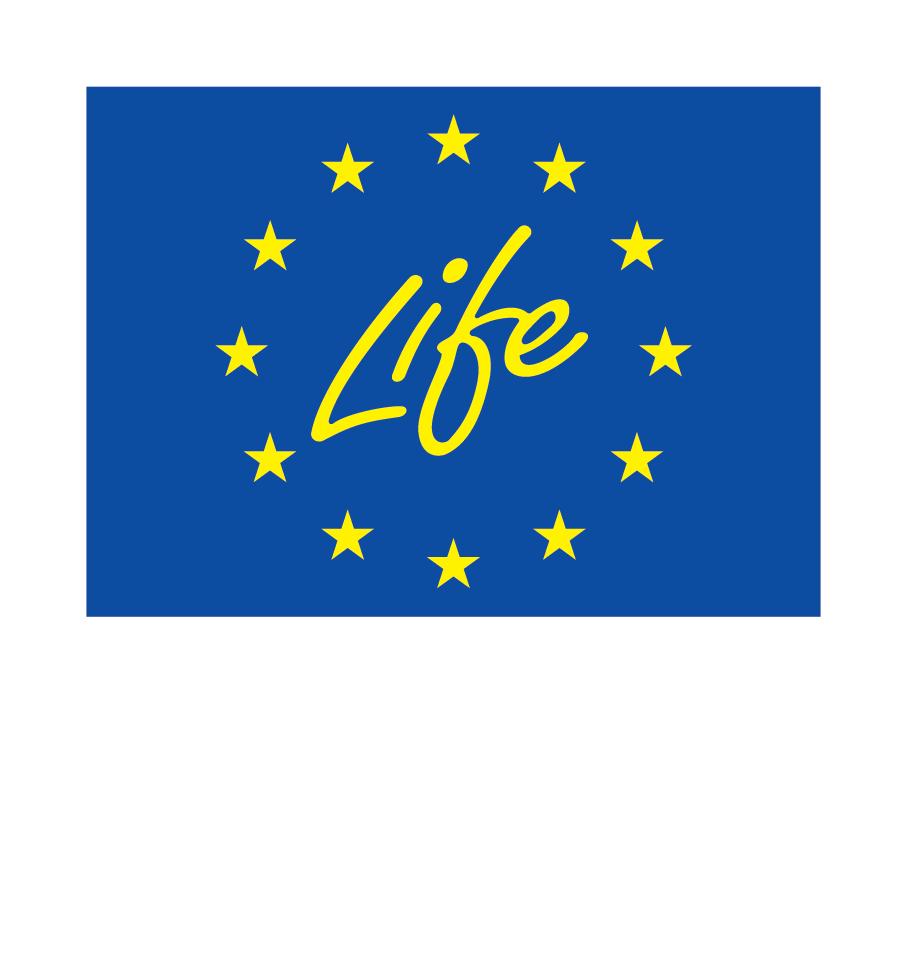Hydroelectric pumping storage (HPS) is a project supported by NESOI European Islands Facility, managed by our partners from R2M Solution, and promoted by Sasso srl.
What is HPS?
The project consists of a feasibility study for integrating a micro-hydro pumping plant on San Pietro Island, in the municipality of Carloforte, Sardinia.
The primary goal of the hydroelectric pumping-storage system is to use the excess renewable energy generated on the island to drive pumps and store sea water in an upper reservoir that has already been built. The island already has an energy community of about 30 homes with rooftop photovoltaic (PV) systems.
In order to create the ideal hydro plant that can ensure future implementations, the option of including additional energy sources, such as wind turbines, will be taken into consideration.
In addition, the project has a great potential for replicability, especially in areas that present similar geographical and climate conditions such as sunny and coastal areas that have exploitable height differences behind them. It is very effective on not-electrified islands.
Another remarkable point is that the concept of the project is also replicable in developing countries where electricity grids are not sufficiently developed to store PV energy far from the production site.
Hydroelectric Pumping Storage - Why this technology?
For many years, there had been a desire on the island of San Pietro to create an independent energy community to decrease the energy dependency of the island. As previously mentioned, over time, the members of the community of San Pietro have installed several PV systems for self-consumption on their rooftops.
Hydro energy is renewable, and when there are a dam and a reservoir it is also a flexible source of electricity. Combined with pumped storage, such a facility can also use excess electricity generated by non-dispatchable sources (PV, wind) to store water in the upper reservoir in order to generate electricity when the sun does not shine, or the wind does not blow.
In San Pietro, a reservoir and a dam were built in 1932 to provide water for irrigation. The technological choice of the project was influenced by the desire to re-exploit the existing infrastructure, that it is not in use anymore, and the surplus of energy from PV and Wind that cannot be consumed on-site at the times it is produced. In addition, due to the lack of spring, river, and rainwater, the project considers using seawater provided by a connection via penstock from the sea to the artificial lake.
Moreover, the implementation of a hydroelectric pumping system can also be a more sustainable alternative to a classic electrochemical one that is more expensive and environmentally unsustainable.
Expected energy savings
The total demand of the energy community is about 15,800 MWh/year with a self-consumption rate of 66%. Considering the medium production yield of the national grid of 41,5% (2017 value) the calculation shows approximately 21,000 MWh of PES.
On average the Italian power generation grid produces 301 grams of CO2 equivalent for every kWh produced. In total the amount of avoided GHG rise to 6575 tons considering the same data used for the PES estimation.
How does NESOI Support this project?
The European Islands Facility (NESOI) aims to unlock the potential of EU islands to become the locomotives of the European Energy Transition. To do so, NESOI aims to mobilize more than €100 Million of investment in sustainable energy projects to give EU islands the opportunity to implement energy technologies and innovative approaches, in a cost-competitive way.
The main challenges faced by the project are financial and technical, given that the administration does not have sufficient financial resources to invest in the use of seawater in hydroelectric turbines. Among the main activities made possible thanks to the support of NESOI is the opportunity to start the feasibility study, the first step of the project. It also made it possible to gather different partners with different abilities at one table. This could lead to other technology options, such as PaT (pump as turbine). NESOI's assistance was also very helpful in identifying funding sources.
More in specific, NESOI has provided the following support:
- Assessment of the key project sizing drivers, Action plan, and identification of project monitoring procedures
- Identification of suitable technological options given existing project sizing requirements
- Definition of the required environmental permitting procedures
- Definition of the technical, economic, and financial, fiscal project Inputs
- Cost Benefit analysis and socio-economic and environmental impact evaluation
- Risk analysis and identification of available mitigation strategies
- Assessment of existing 7 procurement options
- Financial modeling and identification of target scenario
- Identification of financing/funding options, technical feasibility including inspections, measurements, field tests & dynamic simulations
READ MORE INFORMATION ON THE DEDICATED BROCHURE


